Part of Big Bear’s outdoor charm is enjoying the local “wildlife”. You’ll find hummingbirds to be abundant across the San Bernardino Mountains. They love alpine trees and meadows and have been found at altitudes as high as 17,000 feet. Watching them is as easy as setting up a feeder.
Hummingbirds are one of nature’s smallest birds and have the highest metabolism. While hovering, hummingbirds can flap their wings from 12 to 90 times a second. This intense use of energy must be maintained with lots of small meals. They spend 10 to 15 percent of their time eating, consuming up to 12 times their body weight daily. Meals can consist of nectar, insects and even sweet tree sap.
Local merchants in both Big Bear Lake and Big Bear City carry an assortment of hummingbird food. Try making your own nectar and filling a feeder. A common recipe to make you own syrup is to boil four cups of water with one cup of granulated sugar (other sugars can be harmful).
For hummingbird enthusiasts on the mountain, Anna’s Hummingbird species can be easily spotted in both alpine valleys and home feeders. They are ruby throated with a gorgeous red crown. This species is very territorial and will become a returning resident. The males are best known for their spectacular dives from heights of over 90 feet, reaching speeds near 50 miles per hour.
Hummingbirds have an average life span of three to five years, but have been known to live up to a decade. Look for the birds to arrive in the warmer Baldwin Lake area as early as March. Expect them to remain here through early Fall, before migrating south.
More about the Big Bear Outdoors

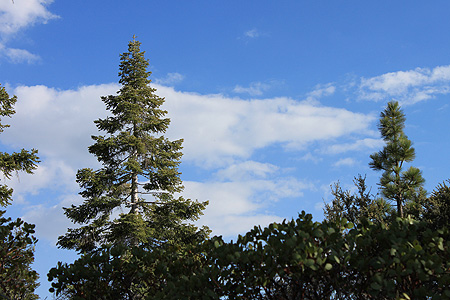
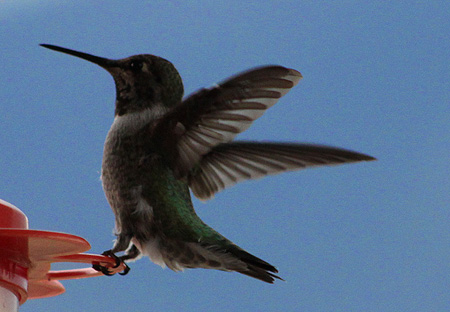
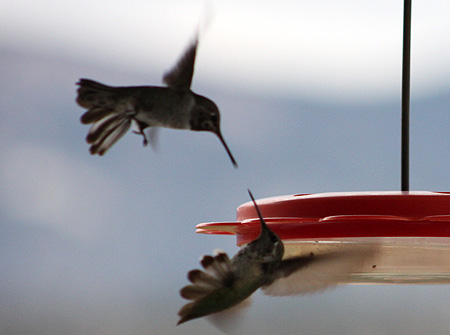

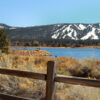
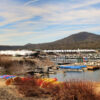
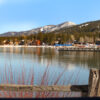


Speak Your Mind